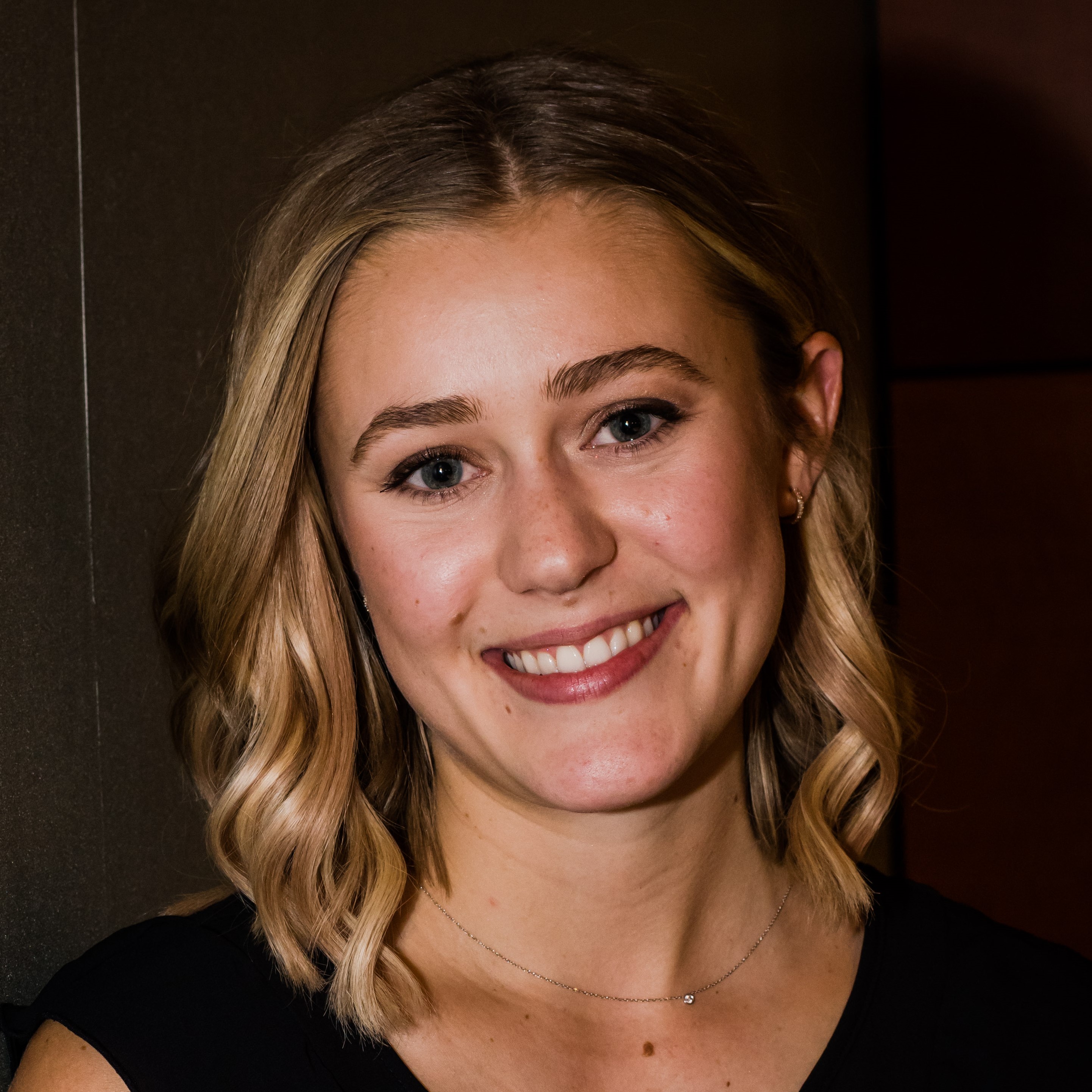In a community engagement setting, it is important to be aware of how we present ourselves to others and how we show up in community settings. But how do we do that effectively and respectfully? One thing to consider is ways in which we can lead in and with communities.
The Story of Me
It is essential to know who you are as a person and understand your own privileges, biases, the people and places you are in relationship with and how you present yourself to others.
As Jeewan Chanicka has said, “Who we are shapes the way we experience and understand the world and our relationships with others.” One way to do this is to take part in the Power Flower activity, which uses petals of a flower to illustrate our social identities and the ways in which we experience power, privilege, and oppression in society in intersecting ways.
Sound like fun? You can try it out for yourself or with colleagues here.
The Story of We
The first question a community organizer should ask is “who is this community?” not “what is the problem?” Getting to know people on an individual level, asking questions and listening can help us to foster relationships with communities.
In their article titled "Citizen Participation in Decision Making: Is It Worth the Effort?," Renée Irvin and John Stansbury share that “community leaders create the social space in which citizens can recognize their own interests, assess the community’s needs and opportunities, share their beliefs and ideas, and create a pathway to put shared beliefs into action in pursuing the good.”
One way to get to know people and create a welcoming social space is to ask them to share the origin of their name, which encourages people to use storytelling to talk about their background.
The handbook Organizing: People, Power, Change reinforces the idea that strong, intentional relationships are the foundation of successful community organizing efforts and purposeful collective actions.
Switching from Service Delivery
In her 2012 presentation Opening Our Doors to Leaders: Community Engagement 101, Deena Ladd discusses the need to switch from service delivery to seeing individuals as participants and leaders. It is vital to view community members as experts and as people we do things with, not for. Elevating the voices of context experts and recognizing the expertise community members hold are a couple of ways to enable citizen action.
Further Your Learning
- Sign up for the Community Climate Transitions Newsletter
- Join the Community of Practice on the Localization of SDGs






